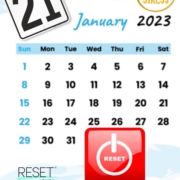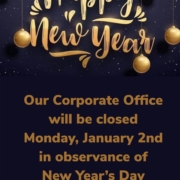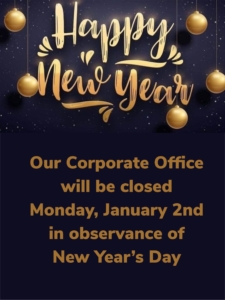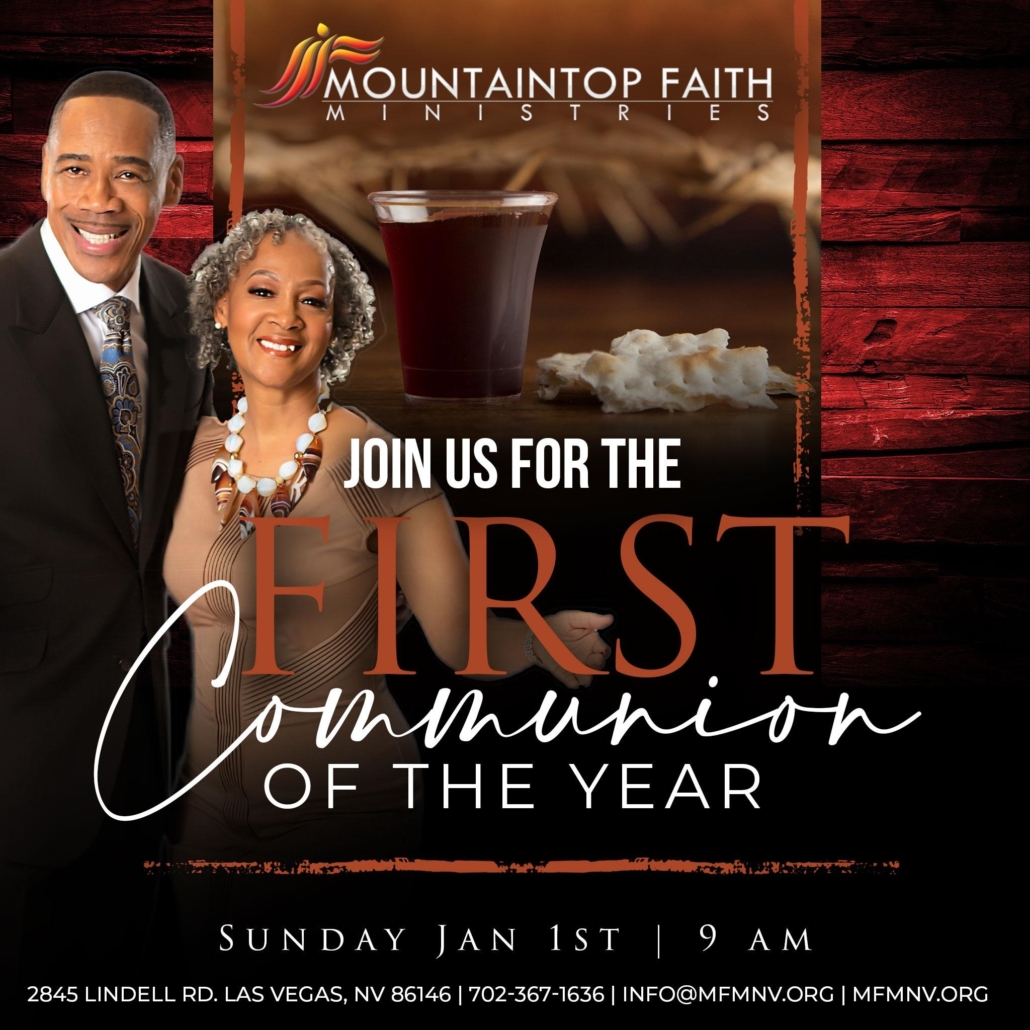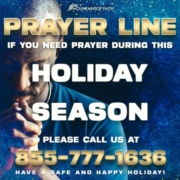This year we are partnering with C.A.S.A. Court Appointed Special Advocates for Abused and Neglected Children. Your gift of love will help these children placed in foster care have a better Christmas!
Bring your new, unwrapped toys to the church on Sunday or during corporate office hours Monday-Thursday by December 20th
Thank you for your generosity, and may God continue to bless you and your family!
shop Amazon smile for those last minute Christmas gifts
Smile.amazon.com and choose Mountaintop as your organization
LOCATION
2845 Lindell Rd
Las Vegas NV 89146
SUNDAYS
A Time of Prayer 9:00 am (on campus) 1st Sundays (Feb-Oct) Worship Service On-Campus & Online 10 am PST
WEDNESDAYS
Bible Study with Pastor Clinton HouseCheck schedule for services
CONTACT
Phone: (702) 367-1636
Fax: (702) 367-4008
LOCATION
2845 Lindell Rd
Las Vegas NV 89146
CONTACT
Phone: (702) 367-1636
Fax: (702) 367-4008
SUNDAYS
A Time of Prayer 9:00 am (on campus) 1st Sundays (Feb-Oct)
Worship Service On-Campus & Online 10 am PST
WEDNESDAYS
Bible Study with Pastor Clinton House
Concluded for 2025 Check schedule for special services


